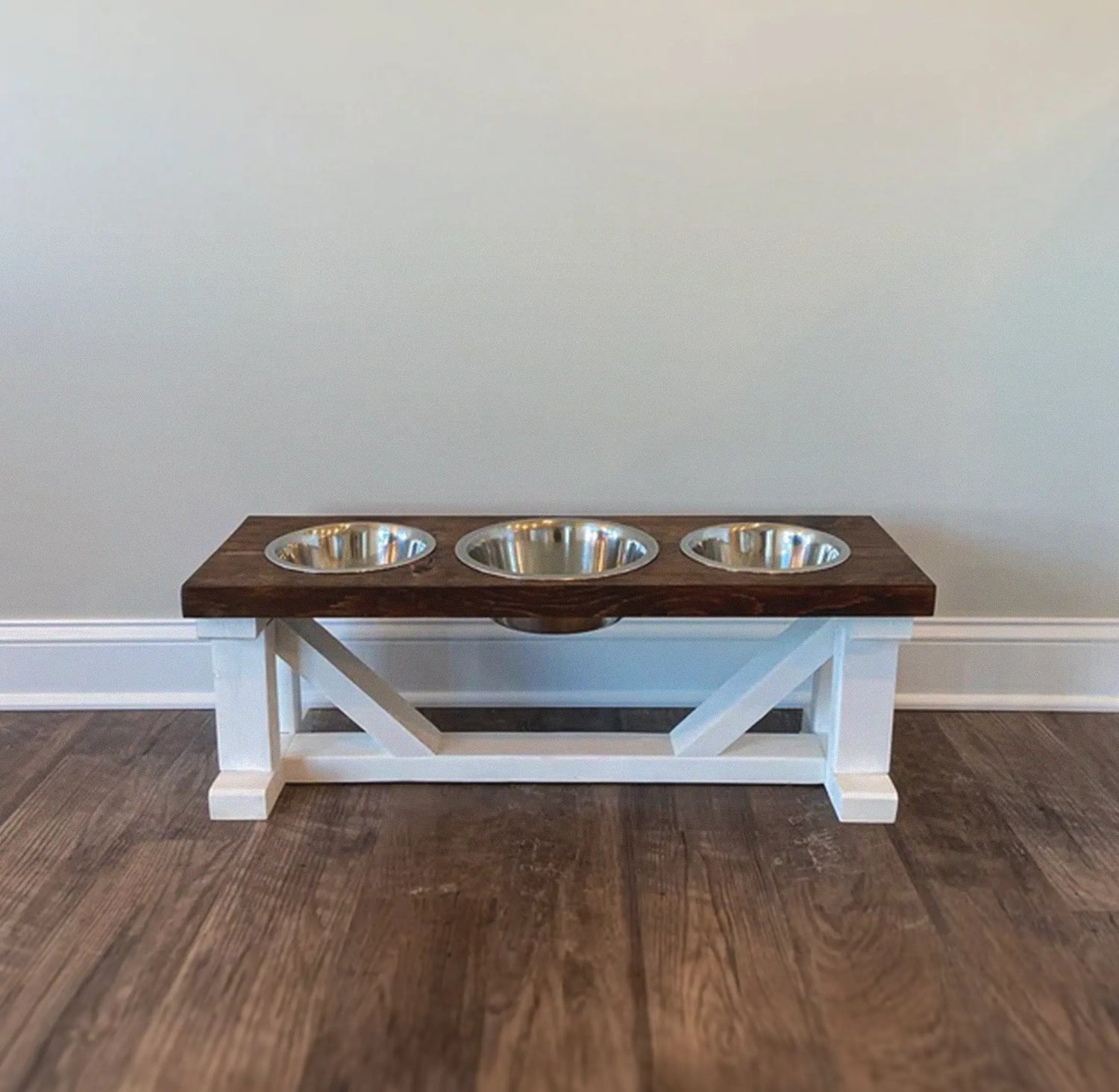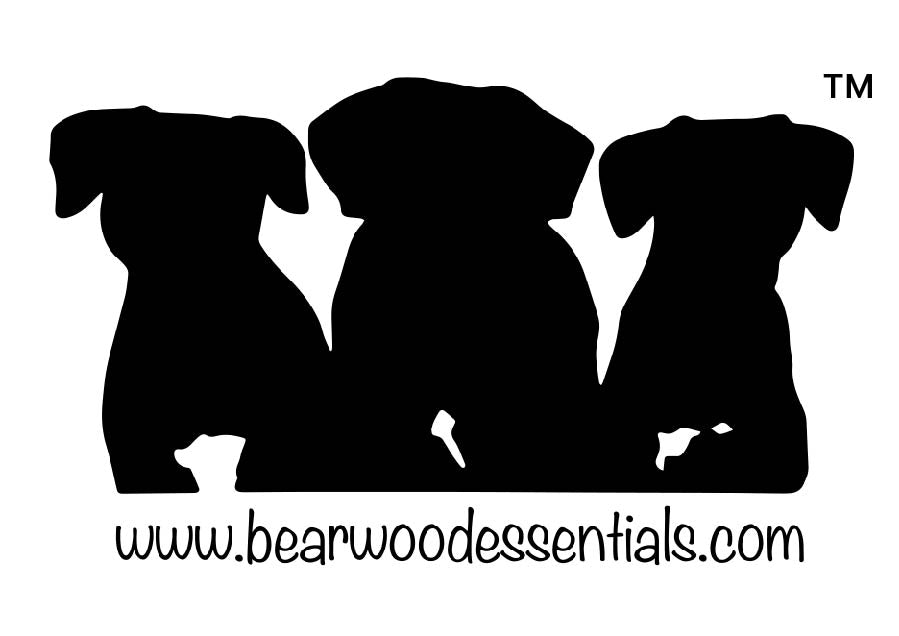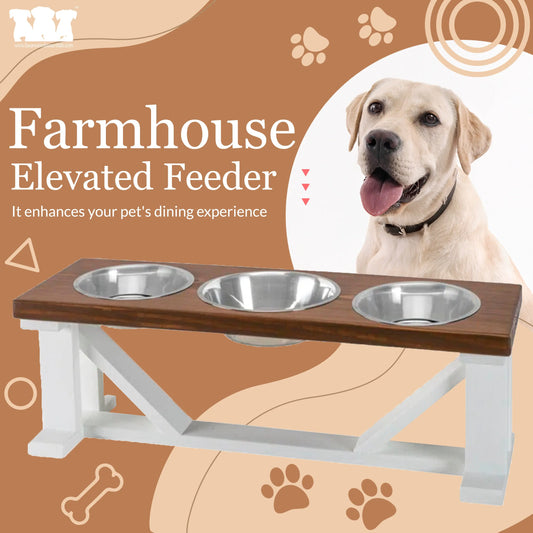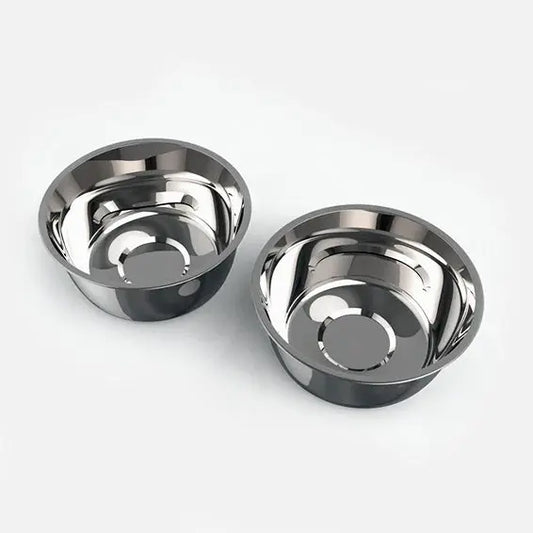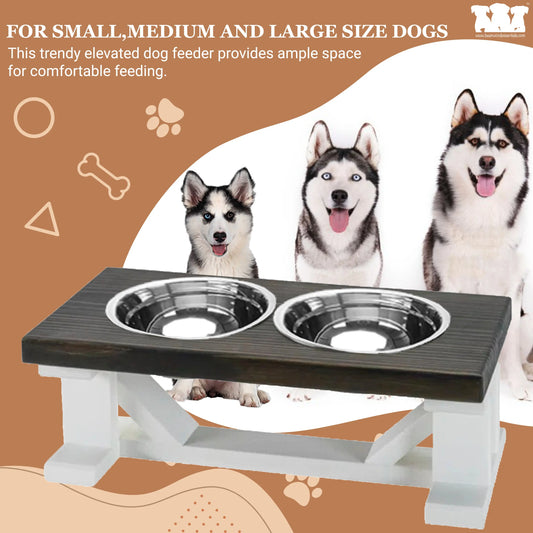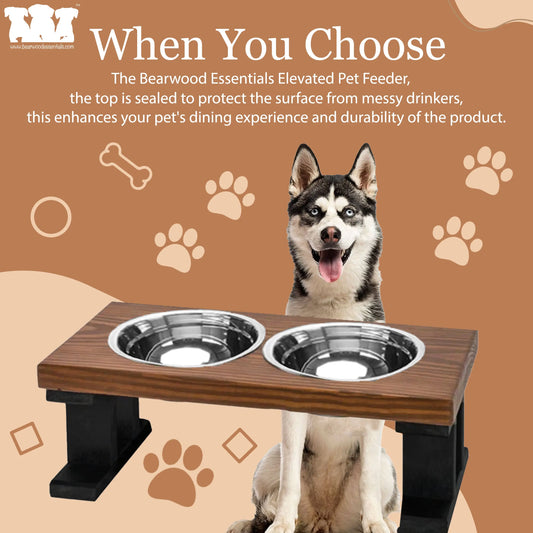How to Choose the Perfect Dog Feeder for Your Pet
Selecting the perfect elevated pet feeder for your furry friend might seem like a trivial task, but it's more important than you might think. The right dog feeder can promote healthier eating habits, improve digestion, and enhance your dog's overall well-being. Here's a comprehensive guide to finding a feeder that suits your dog's unique needs.

Understanding Your Dog's Needs
Before choosing a feeder, it's crucial to understand your dog's specific needs. Factors like size, breed, feeding habits, and health condition all come into play. For instance, smaller dogs might be comfortable with standard bowls, while larger breeds could benefit from elevated feeders. Dogs that eat too quickly might need slow-feeder bowls, and older dogs with joint problems might require adjustable feeders for comfort.

Types of Dog Feeders
Standard Bowls: These are the most common type of dog feeders and come in various materials like stainless steel, ceramic, and plastic. Each has its pros and cons. For instance, stainless steel is durable and easy to clean but can slide around. Ceramic bowls are stable but can break, and plastic is lightweight but can be chewed.
Elevated Feeders: These feeders can aid digestion, reduce strain on your dog's neck, and keep the feeding area clean. They are especially beneficial for larger dogs or dogs with certain health issues.
Slow Feeder Bowls: For dogs that tend to gulp down their food, slow feeder bowls are a fantastic choice. They have obstacles that make your dog eat around them, slowing down the eating pace and helping prevent digestive issues.
Automatic Feeders: Perfect for busy pet parents, automatic feeders dispense food at scheduled intervals, ensuring your pet never misses a meal. Some models also have portion control, which can be beneficial for dogs on a strict diet.
Ease of Cleaning
An often-overlooked aspect of selecting a feeder is how easy it is to clean. Opt for feeders that are dishwasher-safe or have removable bowls. Stainless steel or ceramic bowls are usually the easiest to clean and maintain.

Stability and Durability
A good feeder should be stable enough to prevent tipping and spilling. Rubber bottoms can help keep bowls from sliding around. Durability is also crucial. Stainless steel and high-quality plastic feeders tend to last longer, whereas ceramic can chip or crack over time.
Feeding Fido in Style
Choosing the right pet feeder is a key part of ensuring your furry friend's optimal health and happiness. Remember, the best feeder is one that suits your dog's individual needs and your lifestyle. Whether it's a simple bowl, an elevated feeder, or an automatic food dispenser, make sure it promotes good eating habits, is easy to clean, and is durable.
In the end, selecting the right feeder is about making meal times a joyful and stress-free experience for both you and your beloved pet. So, choose wisely, and here's to happy feeding times ahead!
Choosing the right dog feeder for your furry friend can be a daunting task. There are many types and brands available, and selecting the right one depends on your specific needs and your pet's behavior. Certain types of dogs, such as those that eat fast or have specific dietary needs, may require a specialized feeder. So, for the health and comfort of your pet, it's important to make the right choice.
But where to start? There are several key features you should consider when picking a dog feeder. These include the material it's made from, its size, whether it's elevated or not, the type of food it can hold, and any added features it may have. Because of their variety, you must also consider the cost. Feeder prices can range from cheap to expensive depending on the type and features.
And remember, no matter what feeder you use, always keep it clean and free from bacteria. This is crucial to your dog's health. It's also recommended to have two feeders – one for food and one for water. So, consider these factors, do your research, and find the perfect dog feeder for your beloved pet.
Choosing the right dog feeder for your furry friend can be a daunting task. There are many types and brands available, and selecting the right one depends on your specific needs and your pet's behavior. Certain types of dogs, such as those that eat fast or have specific dietary needs, may require a specialized feeder. So, for the health and comfort of your pet, it's important to make the right choice.
But where to start? There are several key features you should consider when picking a dog feeder. These include the material it's made from, its size, whether it's elevated or not, the type of food it can hold, and any added features it may have. Because of their variety, you must also consider the cost. Feeder prices can range from cheap to expensive depending on the type and features.
And remember, no matter what feeder you use, always keep it clean and free from bacteria. This is crucial to your dog's health. It's also recommended to have two feeders – one for food and one for water. So, consider these factors, do your research, and find the perfect dog feeder for your beloved pet.
